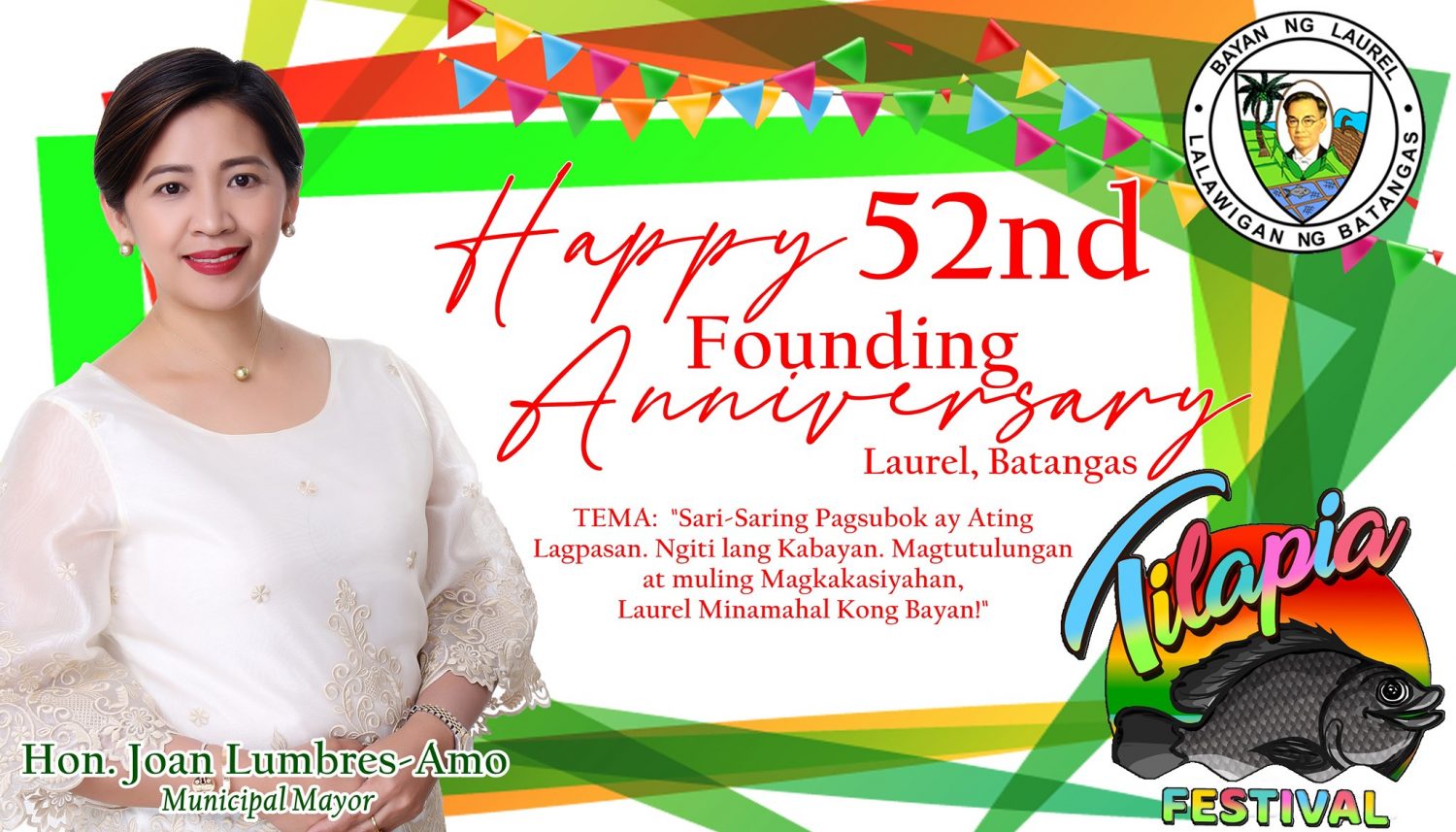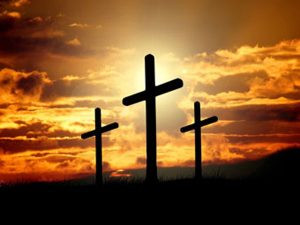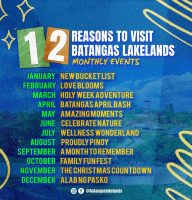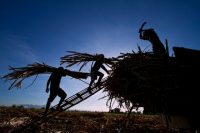National Heroes Day in the Philippines is a public holiday to honour and remember the country’s National heroes.
These heroes are the men and women in Philippine history whose acts of courage enabled the Philippines to grow as a nation. Whilst National Heroes Day celebrates both known and unknown heroes, a National Heroes Committee was set up in 1995 to recommend those who should be counted as ‘National Heroes’. Following certain criteria, they found a select group of people who, they believed, should be honoured for their deeds. These were:
- Jose Rizal
- Andres Bonifacio
- Emilio Aguinaldo
- Apolinario Mabini
- Marcelo H. del Pilar
- Sultan Dipatuan Kudarat
- Juan Luna
- Melchora Aquino
- Gabriela Silang
Jose Rizal and Andres Bonifacio were two of the main proponents against Spanish rule. As a result, both were also given their own special days commemorating their lives and deeds.
National Heroes Day in the Philippines is held every last Monday of August. This date was chosen as it marked the beginning of the Cry of Pugad Lawin in 1896, the start of the Philippine revolution against the Spanish colonisers.
Filipinos celebrate National Heroes Day by attending local commemorations (e.g. parades, wreath laying at shrines, etc.). As it is a day off for most workers, people often spend the rest of the day with family and friends at parks, shopping malls and other public areas. Small firework displays may also be held during the evenings in some local areas.
Christmas in the Philippines celebrates the birth of Jesus Christ who, according to Biblical tradition, was sent by God to save people from sin and death. The holiday is held every 25 December.
The Christmas season in the Philippines is summed up in three words: faith, family and food – with the three intertwined in almost every event. Masses are held in churches leading up to Christmas Day, with many feasts held alongside them. The length of the season varies: Christmas can last from a few weeks to a few months. Christmas carols are played in the shopping centres and malls from as early as September until well into January.
A clear sign the Christmas season has truly begun is the hanging of star-shaped lanterns called parol in every public space and household. The parol, representing the Star of Bethlehem, is unique to the Philippines and is as quintessential to the season as Christmas trees and fake snow are to the Western cultures.
In the week leading up to Christmas, a series of masses called Misa de Gallo are held late every night. On Christmas Eve, there is (you guessed it) another mass held at midnight helpfully named, “Midnight Mass”, followed by a traditional family feast called Noche Buena running well into the early hours of Christmas morning.
A Christmas lunch is prepared for extended family where they open presents, eat, play games, sing karaoke, and eat some more. Older members of the family are revered and traditions, such as Pagmamano (taking the older family member’s hand and gently placing it on one’s forehead as a sign of respect), are practiced. The day ends only when people are too full to eat or are obliged to go to another household to eat some more.
Happy 52nd Founding Anniversary Laurel, Batangas!
Maligayang ikatlong taong pagdiriwang ng Tilapia Festival!
Tema : Sari-saring pagsubok ay ating lagpasan. Ngiti lang kabayan. Magtutulungan at muling magkakasiyahan, Laurel Minamahal kong bayan.
Abangang ang kanilang Online Live Celebration ngayong darating na ika-21 ng Hunyo, 2021 | 7PM sa Tilapia Festival Official Facebook Page at sa WOWBatangas.
The Philippines celebrates New Year’s Day with a public holiday every 1 January, as does most of the rest of the world. However, the celebrations really begin on New Year’s Eve and reach a high point with the turning of the clock from 11:59pm on 31 December to midnight on 1 January. Somewhat unusually, New Year’s Eve is also an official holiday here.
Fireworks, good food and good company, New Year’s resolutions, and greeting cards are all a part of the celebration in the Philippines. Attending midnight mass on 31 December is a practice of devout Roman Catholics. Firecrackers and loud noises are traditionaloy thought by some to scare off evil spirits, and leaving doors and windows open is supposed to let the good luck come in.
Parents may tell their children to jump as high as they can at midnight to help them grow taller. Others don polka dot clothes to make the new year more prosperous. And some put 12 fruits on display to symbolise the 12 disciples.
Good Friday is part of the Christian Easter Week celebrations (also known as ‘Holy Week’). Good Friday is two days before Easter Sunday, which normally coincides with the March Equinox and may also coincide with the Jewish Passover.
Good Friday in the Philippines is a national public holiday commemorating the crucifixion of Jesus Christ. The crucifixion is symbolised by the Cross and, according to the Biblical Gospels, it was by this ancient form of death penalty that Jesus Christ sacrificed himself and died so that he could save humanity from their sins.
Easter is a solemn holiday season and many Filipinos abstain from activities they may deem as ‘worldly’ (e.g. drinking alcohol). On Good Friday, many choose to abstain from eating meat and often pray and fast as part of their religious traditions.
Masses are held in the early afternoon to commemorate and reflect on Jesus’ crucifixion. According to Christian scriptures, Jesus died on the cross at 3pm, so it is at this time in the mass that people become silent and meditate on Jesus’ sacrificial death.
Catholic Filipinos observe the Stations of the Cross as part of the Good Friday mass. These ‘stations’ are often paintings or sculptures that depict specific moments of Jesus on his way to be crucified. They are also often re-enacted by actors as part of an Easter procession. In the Philippines in particular, some people even go so far as to crucify themselves on a wooden cross to symbolise their devotion, as part of their penance or vow.
 WOWBatangas.com Your Source of Great News and Stories from the Province of Batangas, Philippines
WOWBatangas.com Your Source of Great News and Stories from the Province of Batangas, Philippines







































